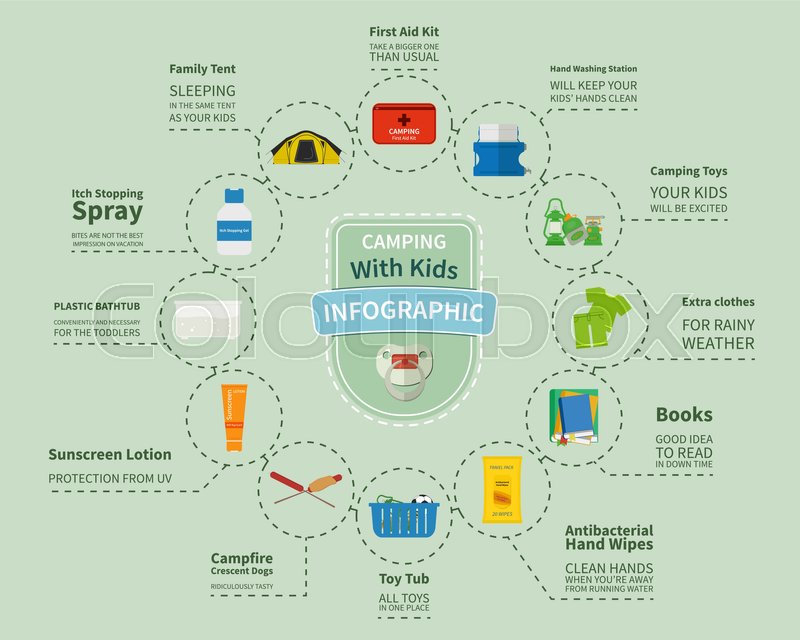The Importance Of Fire Extinguishers In Wall Tent Camps
Exactly How Rain Flies Extend the Life of Wall Surface TentsRainfall flies are a necessary device for wall tents. They raise the capability of a camping tent to protect campers from severe climate condition while giving added comfort and toughness.
Regular cleansing of a rain fly maintains mud, mildew, and particles from destroying it. Additionally, making sure the proper stress of a rainfly prevents it from drooping and allowing water to accumulate underneath.
Climate Resistant Materials
The product used in building and construction projects can influence the longevity and toughness of the job. Selecting weather-resistant materials helps reduce upkeep prices and conserves resources for future repair work and replacement.
Timber might not be the very first material that comes to mind when reviewing weather condition resistance, but it is highly durable when effectively treated with chemicals. Cedar, redwood, and teak wood are instances of normally rot-resistant woods made use of to make a variety of outside furnishings and structures.
High-performance canvas wall surface outdoors tents are developed to withstand dampness and keep campers comfortable. It is necessary to clean canvas and camping tents consistently to remove dirt, mud, and dirt. It is additionally necessary to rinse off any kind of residue from the canvas camping tent prior to storing it away for use. Stay clear of using bleach, as it ruins the water-resistance treatment and makes the camping tent more vulnerable to leak. Alternatively, a soft brush and a hose pipe can be utilized to extensively scrub the canvas tent and rinse it off with water up until it is totally saturated.
UV Direct exposure
Unless an outdoor tents is made from UV-resistant fabric, extended exposure to sunshine will cause it to break down. This holds true of all fabrics, but it's especially obvious for outdoors tents and canvas frameworks because of how much they're utilized in outside setups. UV radiation can create dyes to break down, bring about a loss of shade vibrancy.
A rainfly protects wall tents from these hazardous UV rays by showing them prior to they can pass through the framework and reach your skin. It's important to choose a rainfly with a UPF rating of 50 or higher to get ideal UV security.
A rainfly likewise assists control the temperature level inside an outdoor tents relying on the period. A lighter rainfly can maintain outdoors tents from soaking up too much heat in the summer, while a larger rainfall fly can aid protect against warmth from running away the outdoor tents throughout cooler months. In either instance, these added layers of insulation can dramatically expand an outdoor tents's life-span.
Dampness Damages
Canvas camping tents are relatively resilient and can last 15-30 years with thorough care, however even the most high-performance canvas is not impervious to rainstorms. A rainfall fly or fly sheet includes a layer of security for the roofing system of your canvas camping tent and helps avoid wetness damages.
Condensation, mold and mildew, and mold are not only unattractive, however they can likewise damage the structural integrity of your canvas outdoor tents. Protecting against these troubles is uncomplicated, yet it calls for careful care and focus to information.
Make it a behavior to examine your outdoor tents in the early morning and eliminate any all-natural condensation, dew, or snow that has collected on the surface. Afterward, be sure to spread your tent out in an open location and utilize a soft brush to scrub away any kind of mold and mold that has actually formed. When you have eliminated the impacted locations, re-treat the outdoor tents with a mold killer solution and wash it completely to prevent any future invasions.
Wetness Accumulation
While typical, condensation can harm products if left uncontrolled. Thankfully, positive strategies like wiping surfaces and airing out camping tents lessen condensation' influence.
Tent textile, environment problems and tent floor use patterns add to condensation levels. Sailcloth, for example, resists water vapor dissipation and often tends to show handmade beads more readily than polyester or nylon choices. Comprehending this difference informs exactly how tent proprietors take care of condensation.
Resident's exhaled breath and wet clothes and equipment spike moisture levels. A lack of air flow approaches permits moisture to condense when warm indoor air fulfills cooler surface area temperatures. This cycle magnifies on moist evenings or when a tent is positioned in reduced places. Inspecting and wiping outdoor tents surfaces instantly after cooling down motivates moisture to spread before destructive materials or developing mold. Local air movement, such as routing a follower toward joints, further aids the procedure. Acknowledging one of the most at risk areas of an outdoor tents, like high ridges and edges, aids campers simplify their moisture management regimens.
